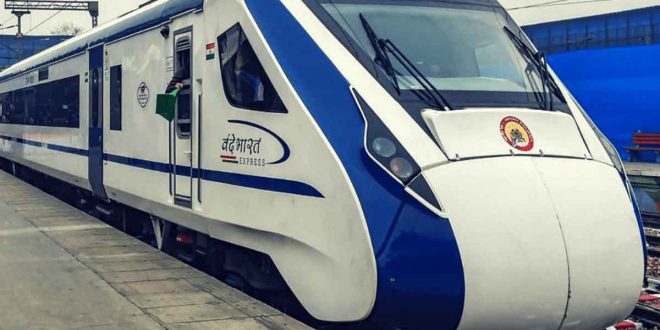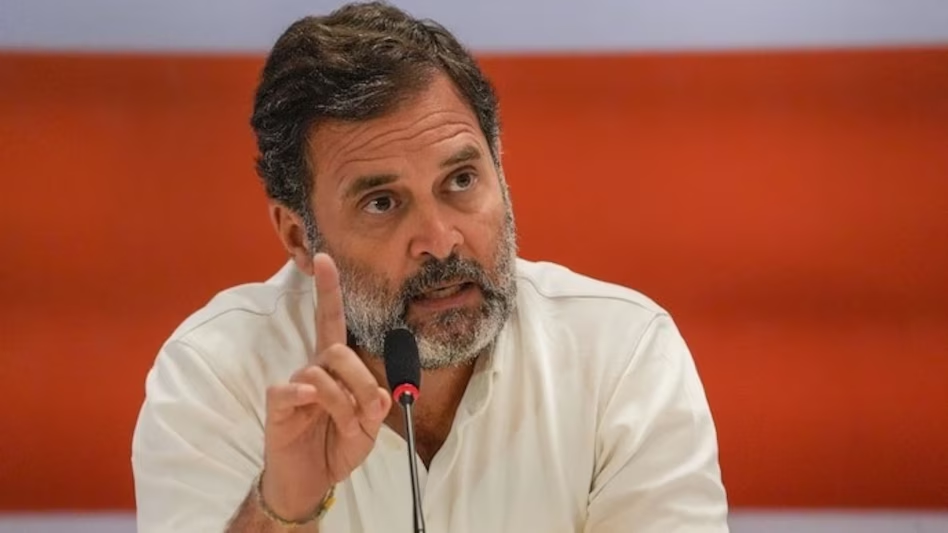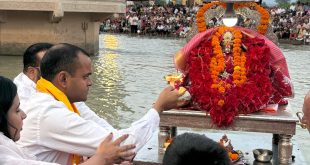Exactly 170 years ago today on April 16, 1853, India saw its first passenger train running a distance of 34 km from Bori Bunder in Mumbai to Thane in Maharashtra, operated by the Great Indian Peninsula Railway.( railways) Since then Indian Railways has seen many changes in its time. Before independence, the British and after that various governments of India have tried to connect the railways with the latest technology. In India’s first train, 14 wooden coaches were attached, on which a total of 400 passengers were seated. It may be known that since then Indian Railways has gone through many phases in its history of 170 years of glory but at present Railways has assumed its high development. Under the efficient leadership of Prime Minister Narendra Modi, the most ‘advanced’ train across the country, ‘Vande Bharat’ is running successfully in many parts of the country and is making India proud all over the world.
On this day in 1853, the first train in India ran for 34 km. The train ran from Mumbai’s Bori Bunder to Thane with 400 passengers in its 14 wooden coaches. In North India, the first passenger train ran on its 39 kilometer route between Howrah and Hooghly on 15 August 1854. Whereas, in South India, on October 19, 1875, it ran its 39 km between Weyasarapandi and Walajah Road in the south (Madras Presidency).
In just 27 years, a network of train tracks was laid in India. In the year 1980, a rail network of 9,000 km was laid in India. In 1900, the railway expanded to 38,640 km and by the time of independence, the scope of expansion increased to 49,323 km.
At present, the total route length on Indian Railways is believed to be 67,956 km, however, the figure changes completely if yards, sidings are included. After independence, the Government of India understood the importance of the development of railways and in 1951 the Indian Railways was nationalized. Railways contributed in strengthening the economic system of the country. Along with the development of the country, the railways also created new dimensions of progress. Railway’s income also increased and expenditure also increased.
The engine of this train is called WAG-12. It is the strongest train engine ever made by India, with a capacity of 12000 horse power. It is made in Madhubani (Bihar) Railway Engine Factory. Till now 296 such engines are running successfully across the country. It may be known that during the budget this year, Finance Minister Nirmala Sitharaman has allocated Rs 2.40 crore to the Railways for the financial year 2023-2024. Compared to the previous year, there has been an increase of Rs 1.03 crore in the railway budget.
Indian Railways has transformed from wooden boxes to today’s most advanced developed train. Today Vande Bharat trains are running successfully in about 10 states of the country. Right now Prime Minister Narendra Modi is about to flag off the 11th Vande Bharat train between Delhi and Jaipur.

( railways)
 Indian Thought Latest News & Views
Indian Thought Latest News & Views


